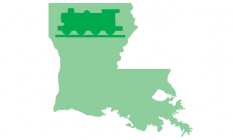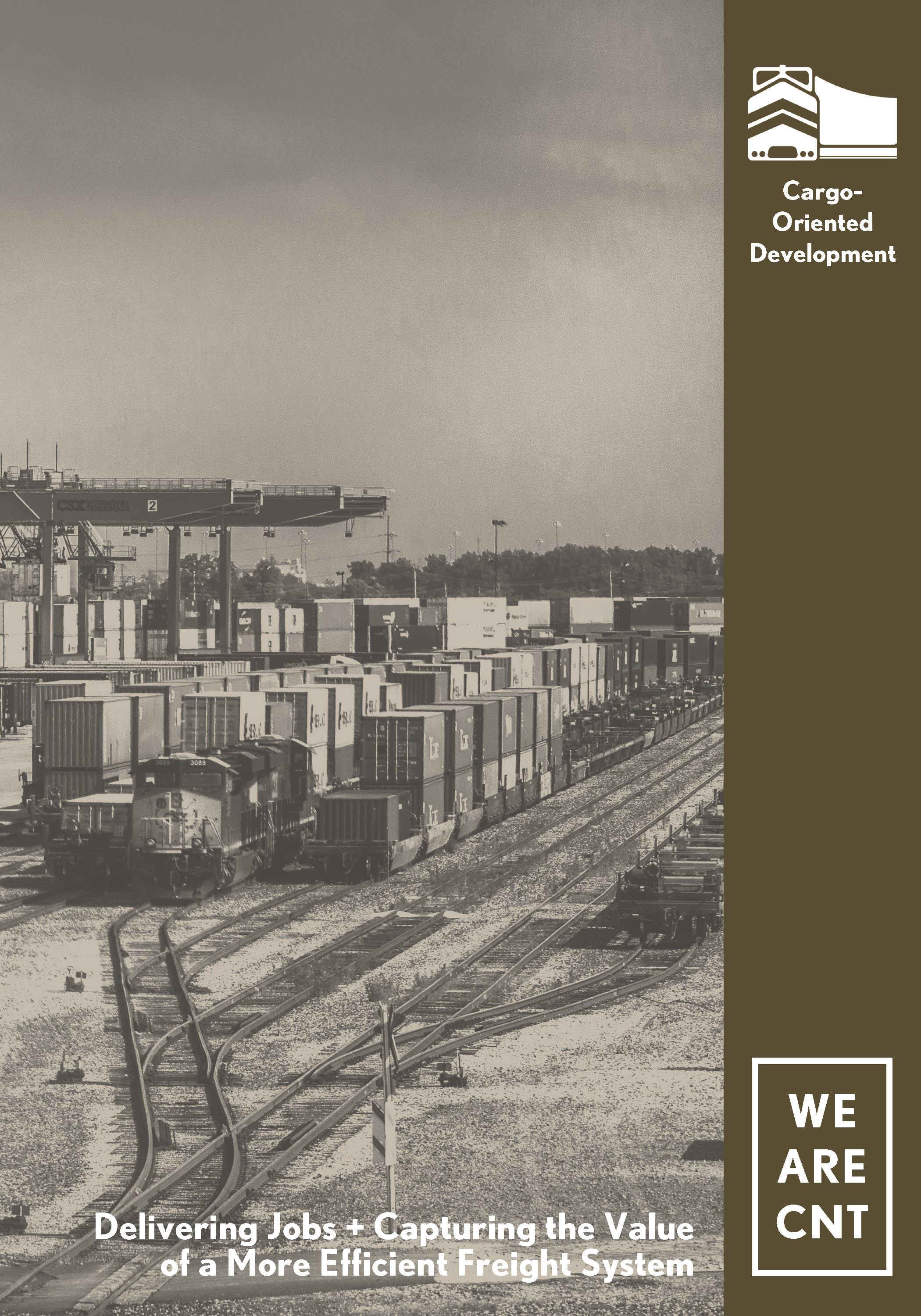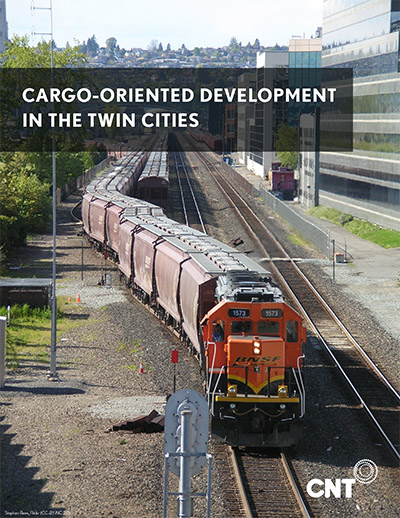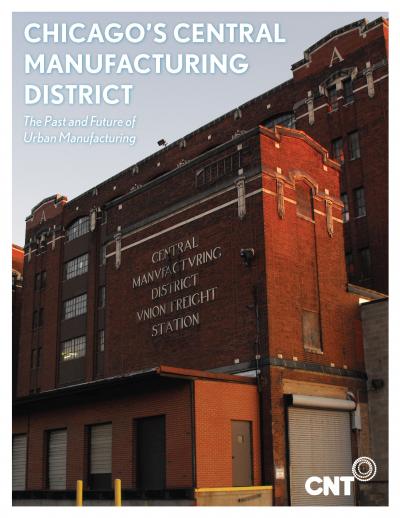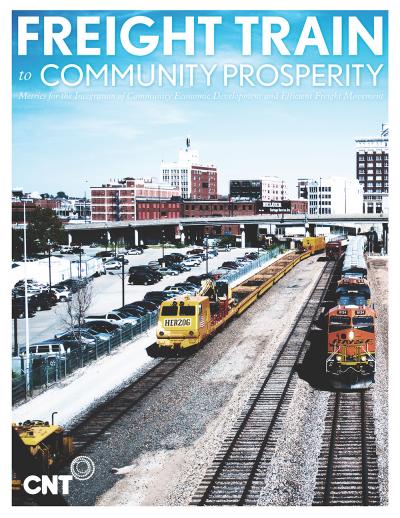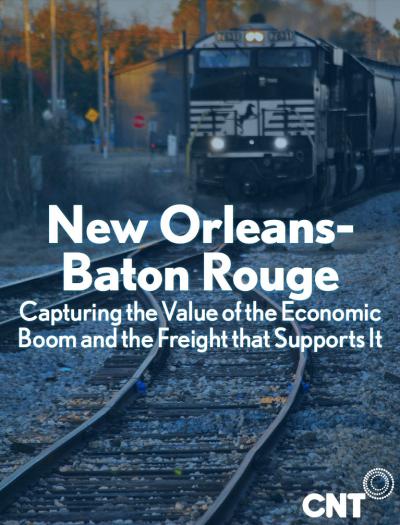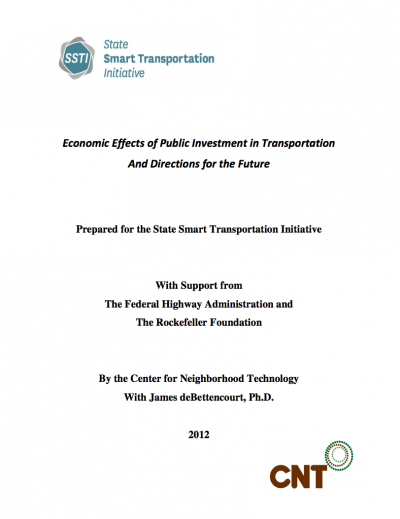COD promotes the most efficient and sustainable ways to move freight. It helps communities capture the jobs and economic vitality that can be generated by a more efficient freight system that maximizes the use of greener vehicles and technologies.
Rising fuel costs and increased competition in the global economy demand that America’s freight system become more efficient, reliable, and flexible. With 72% of all US petroleum consumption linked to transportation, an environmentally conscious public demands a greener supply chain. These demands are spurring a resurgence for rail.
The shortage of trained workers for the freight industry offers clear opportunities for sustainable growth and workforce development. Additionally, the U.S. has over 200 intermodal terminals that connect long-haul cargo trains with trucks that carry goods to their final destinations. Each one is a magnet for logistics, manufacturing, and other industries that rely on rail transportation.
How does this affect you? Our work has shown that:
- COD creates jobs. Freight rail, related logistics industries, and the manufacturing businesses served by freight rail offer good jobs that can become lifelong careers.
- COD reduces environmental impact. Freight is often associated with pollution and congestion, but COD strategies offer cleaner, more efficient ways to move cargo than heavy trucks. COD can reduce noise pollution, improve safety, and lead to more stable property values
- COD anchors industrial business sectors. COD can attract and retain logistics and manufacturing operations and catalyze the cleanup and reuse of vacant land, restoring jobs to communities eroded by decades of industrial contraction.
- COD improves regional competitiveness. A strong freight transportation system that connects trucks and rail can be the foundation for vibrant industrial hubs and energy-efficient transportation.





 Strengthening Transit Through Community Partnerships
Strengthening Transit Through Community Partnerships




